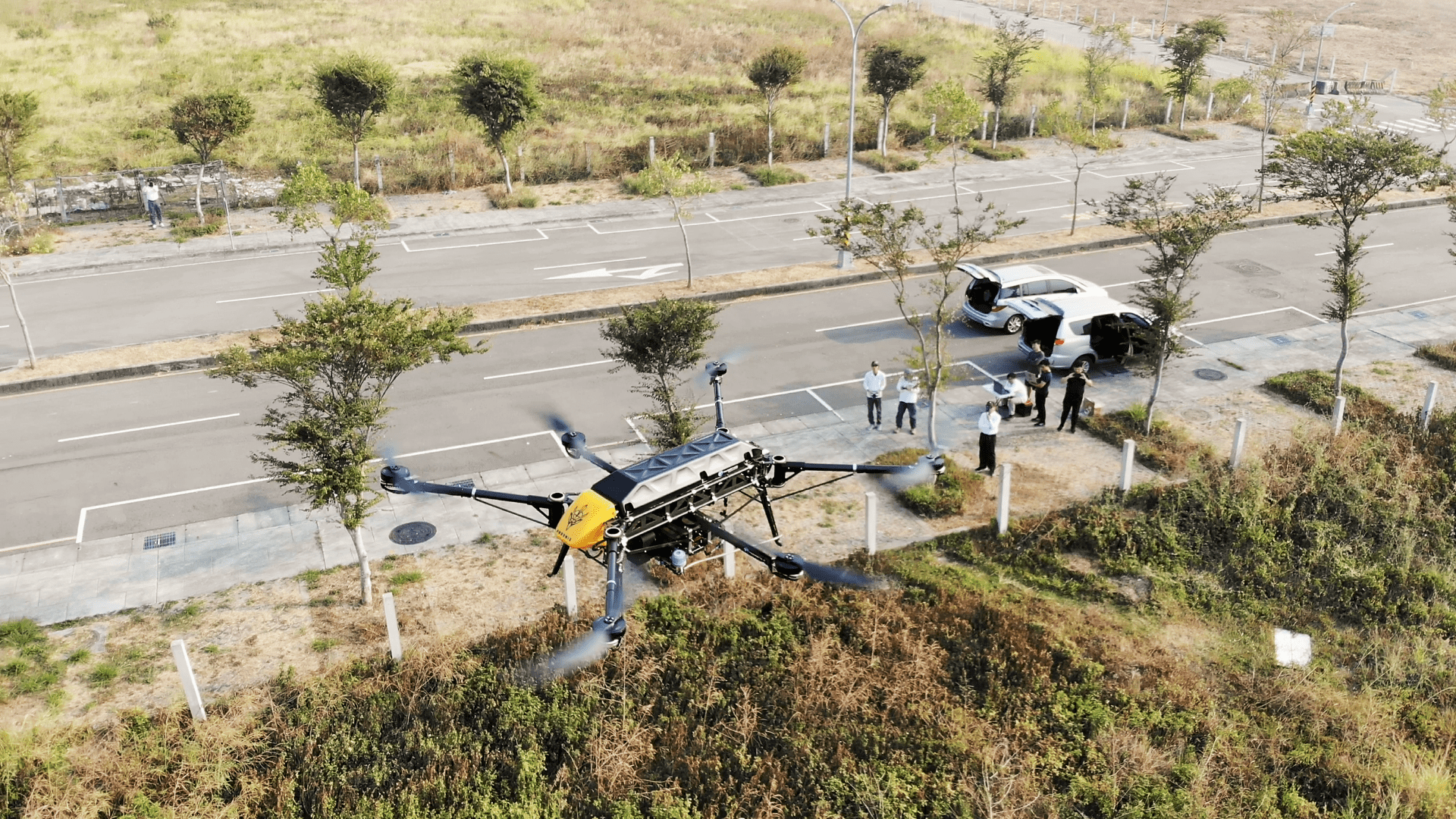With advancement in autonomous software, payload capabilities, data transmission and BVLOS technology, tomorrow’s drones will need to fly longer and further than ever before. The next generation drones need ……
A next generation power system
P H O E N I X
Award winning Hydrogen fuel cell drone

_1612328731.png)
PERFORMANCE
Endurance
90 min (no payload)
Cruising speed
0-10 m/s
Climbing speed
0-2 m/s
Communication range
2 km (2.4GHz)/ 20 km (433MHz)
Flight distance
30 km
Flight radius
10-15 km
Wind resistance
Scale 6
STRUCTURE
Model
TT Robotix Phoenix Hexa
Diagonal wheelbase
1738 mm
Aircraft dimension(in operation)
2344 x 1969 x 450 mm
Aircraft dimension (folded)
1050 x 618 x 450 mm
Propeller size
30 inch
Assembly & disassembly
Foldable arms with plug
Material
Carbon fiber
Total weight (no load)
19.0 kg
Payload capability
2.0 kg
Max takeoff weight
21.0 kg
PROPULSION SYSTEM
Motor model
T-Motor U10 PRO KV100
ESC
Flame 80A HV
FLIGHT CONTROL SYSTEM
Model
Pixhawk 2
FUEL CELL
Model
Protium-2000 Aerospace Grade
Rated/Gross power
2000/2400 W
Voltage output
36-54 VDC
Operating ambient temperature
5000mAh, 9S Li-Po
H2 gas requirement
Dry, 99.999% purity
H2 cylinder volume
9 L
H2 cylinder working pressure
30MPa
REMOTE CONTROLLER
Operating frequency
2.400 GHz - 2.483 GHz/433 MHz
Max transmission distance
15 km
EIRP
10 dBm @ 900 M/li
Video output port
HDMI, SDI, USB
Dual user capability
Master-and-slave control
Output power
1 W
Built-in battery
2200mAh, 2S Li-Po






